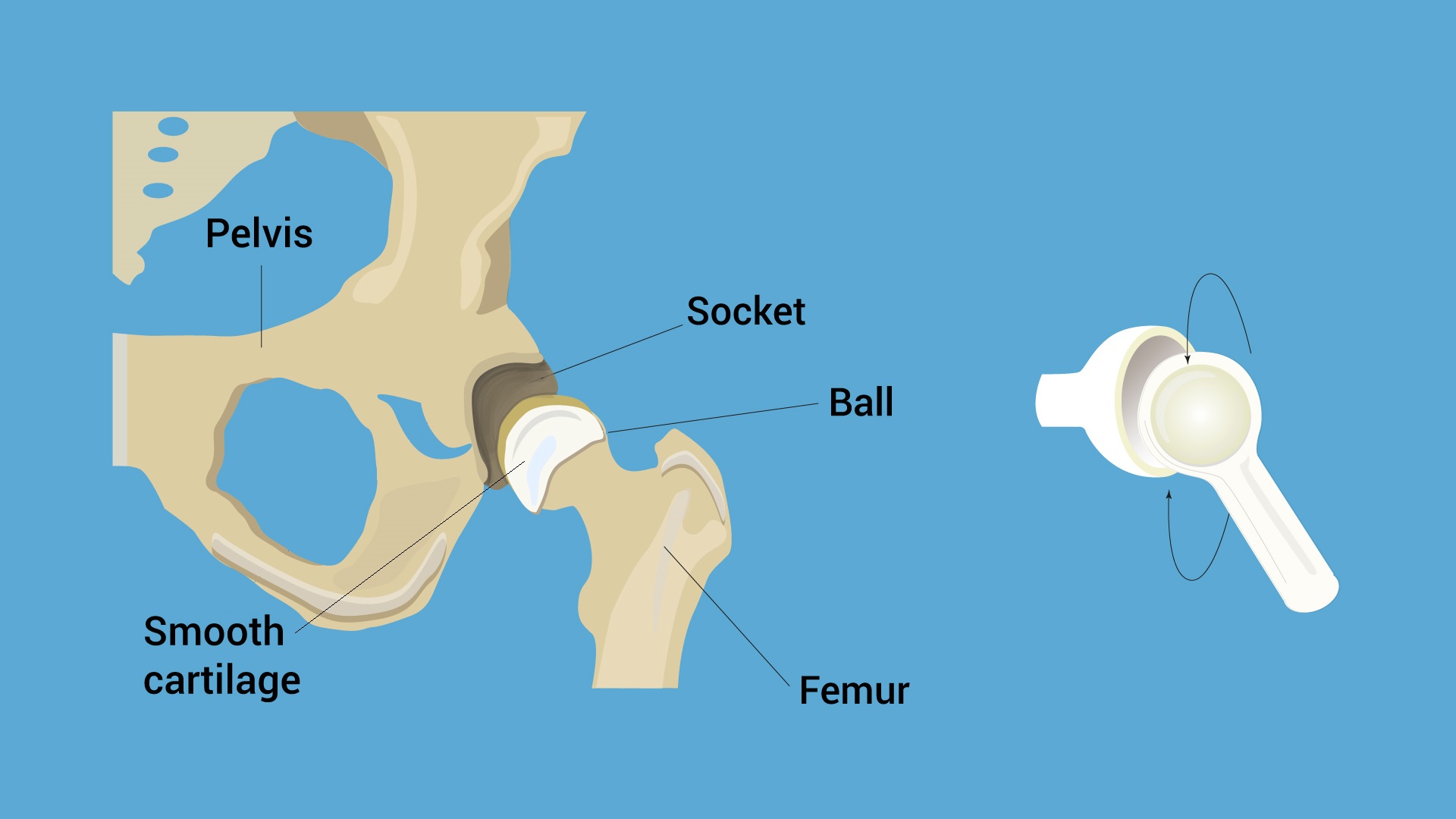6th Grade > Biology
BODY MOVEMENTS MCQs
Total Questions : 100
| Page 10 of 10 pages
Answer: Option B. ->
No
:
B
:
B
The snake's body curves into many loops and each loop gives a push, so that it can move very fast but not in a straight line.
Answer: Option B. ->
Slither
:
B
:
B
Snakes do not have limbs. They move by dragging their body throughout in the form of loops. Hence, snakes have a crawling or slithering type of movement.
Answer: Option B. ->
False
:
B
:
B
Earthworms do not have bones. They have muscles which help them extend and shorten their body by alternate contraction and relaxation. Earthworms also have organs called setae which help in locomotion.
Answer: Option C. ->
Three
:
C
Cockroaches have three pairs of legs. Body of cockroach has three regions - head, thorax and abdomen. Each one of these segments has a pair of legs.
:
C
Cockroaches have three pairs of legs. Body of cockroach has three regions - head, thorax and abdomen. Each one of these segments has a pair of legs.
Answer: Option C. ->
backbone
:
C
∙ The bony structure that you can feel on touching the centre of your back is called the backbone. It is made up of 33 smaller bones called vertebrae.
∙ Rib cage is the bony structure that protects the chest cavity.
∙ Pelvic bones are present in the pelvic region below the abdomen.
∙ Human shoulder is made up of three shoulder bones.
:
C
∙ The bony structure that you can feel on touching the centre of your back is called the backbone. It is made up of 33 smaller bones called vertebrae.
∙ Rib cage is the bony structure that protects the chest cavity.
∙ Pelvic bones are present in the pelvic region below the abdomen.
∙ Human shoulder is made up of three shoulder bones.
Answer: Option A. ->
fixed joints
:
A
Joints which do not allow any movement of bones are called fibrous or fixed joints. These joints bind the bones closely and tightly. On the other hand, the ball and socket joint, hinge joint and pivot joint allow partial or free movement of bones. Fixed joints are present between various bones of the skull.
:
A
Joints which do not allow any movement of bones are called fibrous or fixed joints. These joints bind the bones closely and tightly. On the other hand, the ball and socket joint, hinge joint and pivot joint allow partial or free movement of bones. Fixed joints are present between various bones of the skull.
Answer: Option C. ->
hinge
:
C
In human body, elbows have back and forth movement (similar to opening and closing of a door). Hinge joints are the type of joints that allow this type of movement. These joints are present in knees and ankles as well.
:
C
In human body, elbows have back and forth movement (similar to opening and closing of a door). Hinge joints are the type of joints that allow this type of movement. These joints are present in knees and ankles as well.
Answer: Option B. ->
Swimming
:
B
:
B
Fishes are found in water. So, they exhibit swimming movement. Slithering/concertina movement is exhibited by snakes and crawling movements are seen in crabs.
Answer: Option D. ->
Cartilage
:
D
Bones and cartilage make up our skelatal system. Bone is made up of a rigid tissue while cartilage is made up of flexible and firm tissues. Cartilages are found in joints where movement is required and are called flexible bones. It covers the ends of the two bones in connection and aids slight movement.

:
D
Bones and cartilage make up our skelatal system. Bone is made up of a rigid tissue while cartilage is made up of flexible and firm tissues. Cartilages are found in joints where movement is required and are called flexible bones. It covers the ends of the two bones in connection and aids slight movement.

Answer: Option C. ->
pivot joint
:
C
A joint is a junction where two or more bones meet. They aid in movement.
Joints are of various types:
∙ The joint that connect our neck to head is called a pivot joint. It allows movement of neck in the forward and backward direction, as well as sideways movement.
∙ Hinge joint allows back and forth movement. It is found in ankles, elbows and knee joints.
∙ Ball and socket joints form when a bone ending with a ball like structure fits into the socket of adjacent bone. The bone with a ball can move nearly in all directions. These joints are present in hip and shoulder.
∙ Fixed joints don't permit any movement and are extremely strong. They are present between various bones of the skull.
:
C
A joint is a junction where two or more bones meet. They aid in movement.
Joints are of various types:
∙ The joint that connect our neck to head is called a pivot joint. It allows movement of neck in the forward and backward direction, as well as sideways movement.
∙ Hinge joint allows back and forth movement. It is found in ankles, elbows and knee joints.
∙ Ball and socket joints form when a bone ending with a ball like structure fits into the socket of adjacent bone. The bone with a ball can move nearly in all directions. These joints are present in hip and shoulder.
∙ Fixed joints don't permit any movement and are extremely strong. They are present between various bones of the skull.
















